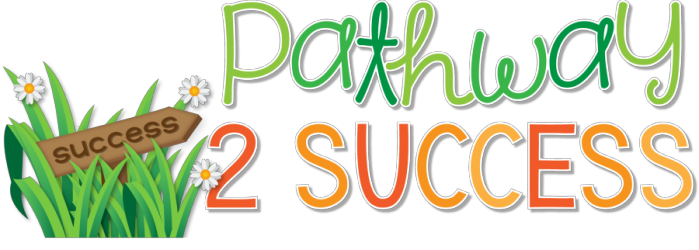Use engaging and fun executive functioning activities to help jump start kids and teens in the morning. Simple activities like mindful breathing, brain games, journaling, and exercising, can help activate students’ brains in the classroom.
Using Positive Affirmations as a Morning Routine
Positive self-talk is a powerful social-emotional tool that can help kids and young adults in many ways, from managing tough emotions to persevering through challenges. Reading positive affirmations, or sayings, in the morning is a healthy strategy to create a routine that builds our positive self-talk voice. The power of positive self-talk is real. When […]
Mindfulness Journal Ideas You Can Try Today
Mindfulness journal activities for kids and teens to help feel calm, focused, and happy. Mindful activities teach self-control, emotional management, growth mindset, self-love, and so much more. Use this as a daily morning practice or in your calm down area. Perfect for home or school. This post has printable and ideas you can use right away!
5 Steps for Leading a Morning Meeting Focused on SEL
Five simple steps for leading a morning meeting or circle time focused on social emotional learning in the classroom. Morning meeting is the ideal time to build relationships with students while also teaching critical SEL skills like empathy, self-awareness, and decision-making!
10 Reasons Why It’s Okay to Take a Sick Day
Educators need to be able to take sick days when they need them for physical and mental health needs. Instead of worrying about everyone else, teachers and support staff need to stop and focus on themselves! Here are 10 reasons why.
Mindful Breathing Activities for Kids & Teens
Mindful breathing is a technique that can help improve focus and restore calm into the classroom. Best of all, it’s a strategy that helps develop self-regulation skills, something that kids and teens need throughout their lives. What is Mindful Breathing? The idea behind mindful breathing is that if we can control our breathing, we can […]
Self-Care for Teachers
Strategies for self-care for teachers and other educators. Teaching is tough! It’s important to put mental, physical, and emotional health first. From connecting with uplifting colleagues to planning positive activities to look forward to, there are simple self-care strategies all teachers can put into place today.
12 Games to Practice Self-Control
12 interactive and fun games to teach self-control and build self-regulation skills for kids and teens. Strong skills for self-control are the foundation for success in and outside of the classroom.
15+ Executive Functioning Strategies Every Teacher Can Use
Many kids and young adults struggle with executive functioning challenges. Some are easy to spot, such as when a student can’t focus on a lesson or comes to class without their entire binder. Other EF challenges are less obvious, though. A learner might take two times as long on homework because they don’t understand strategies […]
Top Websites Every Special Educator Should Know
Special educators need a pretty large toolbox of strategies and resources to support our learners. So often, our students can have significantly diverse needs and levels. On any given day, special education teachers might need to take student reading data, modify a math assessment, teach science with hands-on experiments, collaborate with regular educators, meet with […]
- « Previous Page
- 1
- 2
- 3
- 4
- …
- 6
- Next Page »













